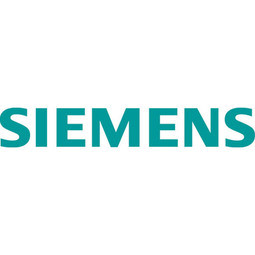
- Automation & Control - Automation & Process Control Systems
- Functional Applications - Remote Monitoring & Control Systems
- Networks & Connectivity - Cellular
- Networks & Connectivity - Ethernet
- Sensors - Flow Meters
- Sensors - Liquid Detection Sensors
- Utilities
- Business Operation
- Water Utility Management
City of Baku
Baku Water Authority
The Oguz-Gabala-Baku water pipeline project dates back to plans from the 1970’s. Baku’s growth was historically driven by the booming oil industry and required the import of drinking water from outside of the city. Before the construction of the pipeline, some 60 percent of the city’s households received water for only a few hours daily. After completion of the project, 75 percent of the two million Baku residents are now served around the clock with potable water, based on World Health Organization (WHO) standards. The 262-kilometer pipeline requires no pumping station, but uses the altitude differences between the Caucasian mountains and the capital to supply 432,000 m³/d to the Ceyranbatan water reservoir. To the people of Baku, the pipeline is “the most important project not only in 2010, but of the last 20 years.”
The project was realized in cooperation with CASPEL, a regional system integrator specializing in solutions for data transfer, software development and supply, and maintenance of state-of-the-art IT hardware and software from leading manufacturers. Siemens supplied the automation technology for the pipeline project. For the comprehensive monitoring of water pipes and avoidance of potential emergencies, CASPEL installed a SIMATIC WinCC control and data management system. CASPEL adjusted the connected IT system and ensured that global standards were met. Major reconstruction work was carried out at various sites of Baku’s water system. The Siemens automation solution is based on the SIMATIC product suite: SIMATIC S7-1200 and SIMATIC S7-300 were installed for the control of the pipeline gate valves and in order to collect the flow meter data for leak detection. The flow meters were implemented with SIMATIC PDM. The HART protocol was applied for the relevant communication. The visualization and supervision of the entire plant was realized based on SIMATIC WinCC. The SIMATIC S7-300, positioned at the 75 wells in the higher region, communicate via GPRS modems with the redundant SIMATIC WinCC OS Servers in the central station, while the different stations along the pipeline are connected by redundant fiber optic cable ring.

Case Study missing?
Start adding your own!
Register with your work email and create a new case study profile for your business.
Related Case Studies.









